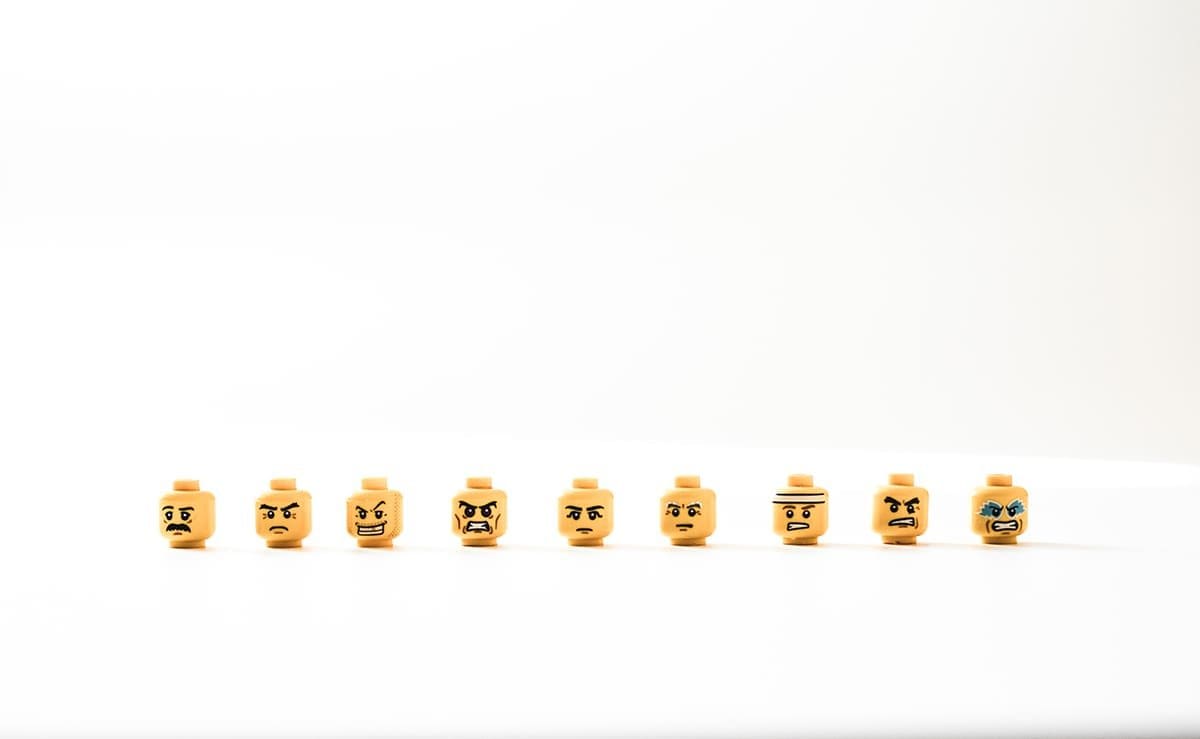
You’re Not Selling a Product. You’re Selling a Feeling.
How emotional design builds connection, loyalty, and conversions.
Let’s be honest. There’s no shortage of beautiful brands, stylish websites, and clever content out there. We’ve all seen the perfectly curated aesthetic, the slick packaging, the on-trend visuals.
But here’s the truth most brands miss.
People don’t buy just because it looks good. They buy because it feels right.
You’re not just selling a product or a service. You’re selling the feeling that comes with it.
And if your branding and design aren’t tapping into that emotional space, you’re leaving connection and money on the table.
Here’s how emotional design works, and why it should be the heartbeat of your brand.
1. People Make Decisions Emotionally First, Logically Second
We like to think we’re rational buyers. But psychology says otherwise.
Studies show that people buy with emotion and justify with logic.
Your audience wants to feel something before they think.
- A sense of possibility
- A moment of belonging
- The excitement of transformation
- Relief. Empowerment. Identity.
Your visuals should trigger that feeling immediately. That’s what makes people pause, click, and commit.
2. Visuals Speak Faster Than Words
Before a visitor reads your headline, scrolls your offer, or watches your video, they’ve already formed an impression based on how your brand feels.
Design is your brand’s body language.
It can say:
- “You’re safe here.”
- “We see you.”
- “This is where the bold ones belong.”
Typography. Color. Texture. Movement. These aren’t just stylistic choices. They’re tools for emotional storytelling.
3. Emotion Creates Connection. Connection Builds Loyalty.
When your brand design speaks to someone’s emotional core, it goes beyond aesthetics. It becomes an experience.
That’s when people start saying:
- “I love this brand, but I’m not even sure why.”
- “This just feels like me.”
- “I keep coming back to their site just to soak up the vibe.”
Those aren’t metrics on a spreadsheet. But they are the foundation of brand loyalty, trust, and long-term conversion.
4. Brands That Feel Real Stand Out in a Crowded Market
You’re not the only one doing what you do. But you might be the only one doing it with soul.
When your brand feels emotionally aligned, when your audience sees themselves reflected in your visuals, tone, and presence, they stop comparing.
They stop price-shopping.
They choose you because it feels personal.
This is the difference between pretty design and purposeful design.
5. Want to Sell More? Design for Emotion First.
The next time you’re planning a website, a rebrand, or a launch, ask these questions:
- What do I want people to feel when they land here?
- What emotional state does my brand promise to deliver?
- Are my visuals reinforcing that promise or distracting from it?
Start with the feeling. Let every design decision flow from there. That’s where real influence begins.
Feelings First. Everything Else Follows.
When someone chooses your brand, they’re not just buying a thing.
They’re buying how it makes them feel.
They’re buying who they get to become because of it.
They’re buying clarity, confidence, joy, relief, and connection.
Design is how you deliver that message before you ever say a word.
So no, you’re not selling a product.
You’re selling a feeling. Make sure your brand knows how to speak that language.



Leave a Reply